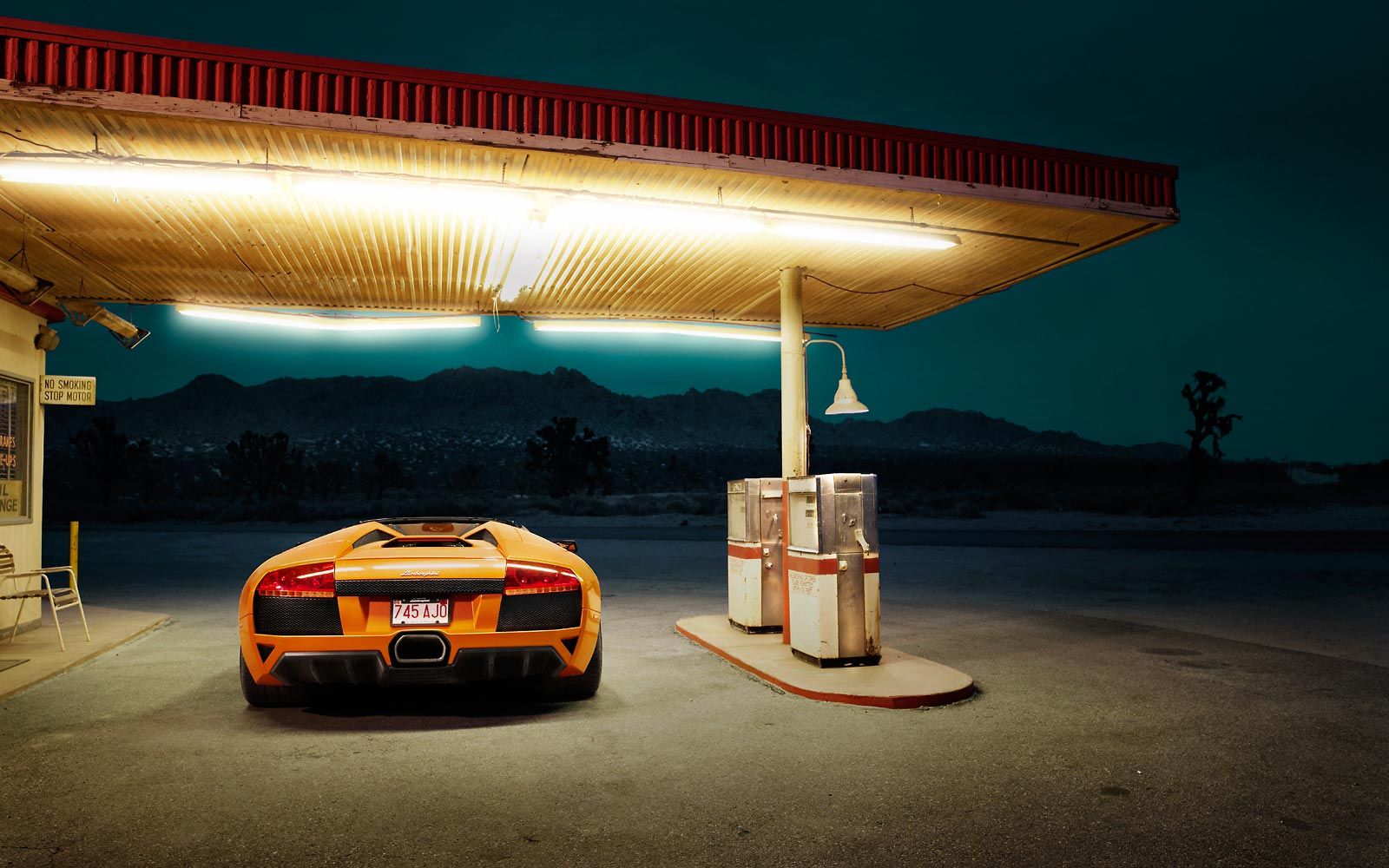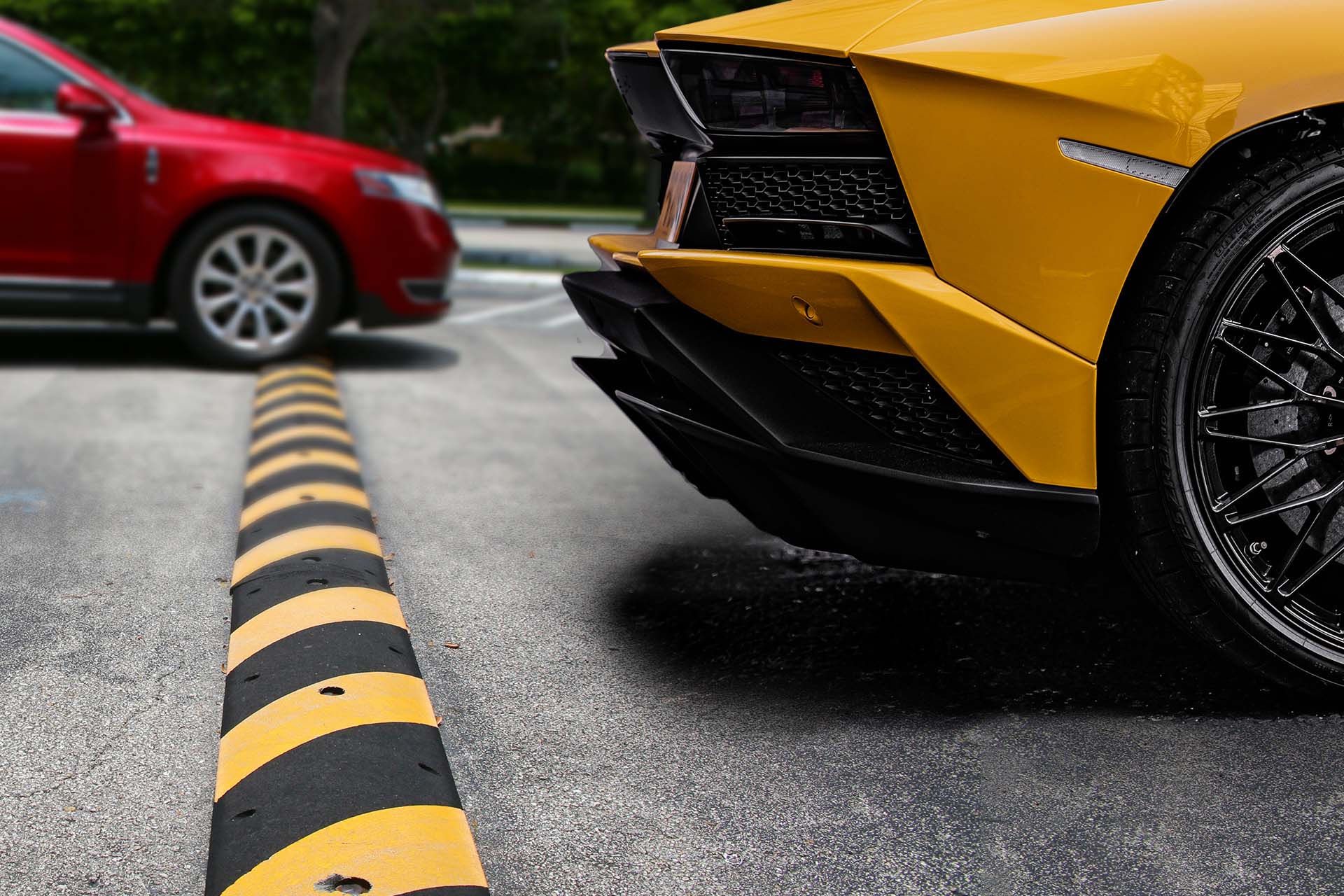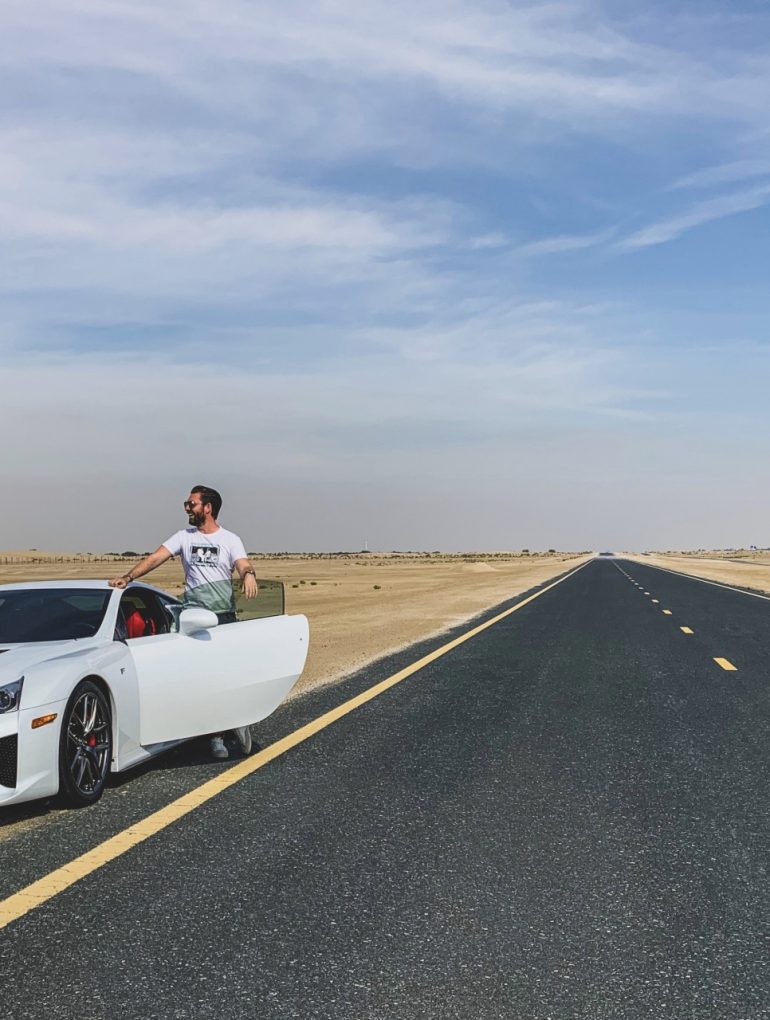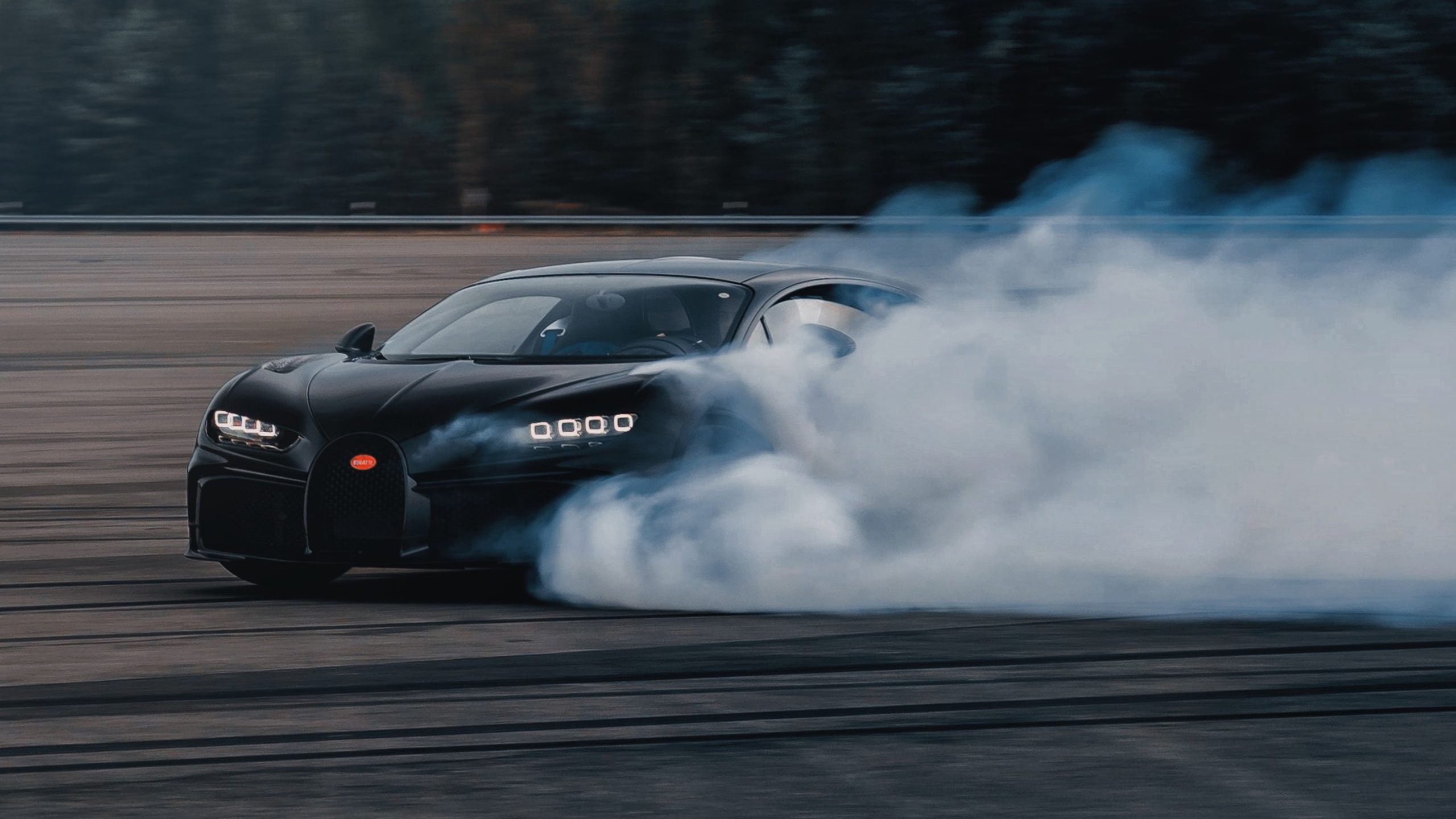Owning a supercar is a dream for many, and the excitement of finally getting the keys to one is unmatched. But there’s a side to supercar ownership that isn’t always visible in the glamorous world of social media and car shows.
Beyond the exhilarating speed and jaw-dropping design, owning a supercar is also about tackling quirks, challenges, and responsibilities that may come as a surprise to new owners.
Here are the unexpected things that come with the territory, some of which you might not have thought about before.
The “Italian Tune-Up” Isn’t Just a Myth
Supercars are built to be driven, and not just for a short spin around town. Taking a supercar out for regular drives, especially at higher speeds, is often recommended to keep the engine in optimal condition.
The so-called “Italian tune-up” — pushing the car to higher RPMs to clear out carbon buildup — can actually make a difference in how the engine performs. Leaving a supercar idle for extended periods can lead to costly mechanical issues down the line.
So if you’re thinking about owning one, prepare to take it out for spirited drives regularly, or risk expensive repairs from lack of use.
Your Car Will Be a Magnet for Attention
Supercars are eye-catchers, so don’t be surprised if you start feeling like a minor celebrity. Every stop at a gas station or parking lot might turn into a mini fan event, with people wanting to ask questions, snap pictures, or even request a ride.
It can be a great chance to share your enthusiasm for cars, but it can also be a bit overwhelming if you’re used to keeping a low profile. For some, the attention can be enjoyable; for others, it takes some getting used to.
You’ll also be a prime target for 5-0 so just be ready to embrace the limelight with a smile!
Parking Becomes an Art Form
Finding the right spot for your supercar is an adventure of its own. With their low ground clearance, wide stance, and sleek bodies, supercars don’t fit into just any parking spot. The smallest curb or speed bump can become a hazard, and you’ll quickly learn to avoid certain places altogether.
Many supercar owners adopt a tactical approach to parking, scouting spots with extra space and flat surfaces. With time, parking becomes a skill, especially in crowded areas, but it’s a challenge that can take some patience to master.
To avoid getting damage to your paintjob, you’ll find yourself scouring for the best parking spot away from the crowds. That said, you’ll still come out to find that someone has parked their beater next to you just to make a point.
Maintenance Costs Can Be Eye-Watering
While owning a supercar is an experience like no other, it comes with insane maintenance costs that can surprise even the wealthiest of owners. The price of regular servicing, oil changes, and specialized repairs adds up quickly.
For example, an annual service on a Lamborghini Aventador can cost around $2,500, and replacing the clutch could be a whopping $8,000. Brakes, tires, and fluids are similarly pricey. New owners often don’t realize just how frequent and high-maintenance supercars can be, but regular care is crucial to keep these machines in top shape.
If you really want to part with your money, consider the Bugatti Veyron because a tire change costs an astronomical $42000 due to the wheel design. Holy smokes.
What If I Lease?
If the cost of purchasing and/or financing a supercar isn’t greasing your wheels, there’s always the possibility of leasing a supercar. However, this still doesn’t eliminate the headaches of maintaining an exotic vehicle.
Some lease contracts can include interval maintenance, covering certain scheduled services like oil changes and tire rotations. This can be a huge advantage, especially for first-time supercar lessees looking to minimize unexpected expenses.
However, not all leases provide this perk. In cases where the contract doesn’t cover maintenance, you’re still responsible for all service and repairs during the lease term, just as if you owned the car outright. Not only that, but leasing a vehicle means that you pay for the upfront depreciation which means your monthly payments can be even higher.

Leasing a supercar can also come with risks, as owners can find themselves at the dealership frequently if they get paired with a lemon. However, legal experts such as Quill Arrow Law, note that leases can still fall under the lemon law in states like California, which can offer some protection and reprieve if maintenance issues become unmanageable.
Under a lease, you could still be on the hook for costly maintenance items like brake replacements, tire changes, and any repairs arising from wear and tear. With supercars, these routine items are often pricier than with standard vehicles, so it’s essential to check what the lease includes before signing.
Ultimately, leasing can be a smart choice if the lease package offers enough coverage, but it’s wise to approach it with clear expectations about ongoing costs.
Insurance Premiums Are No Joke

Supercars require special insurance policies, and those policies come at a premium. Unlike regular vehicles, supercars often need specialized coverage that can include agreed-value coverage, OEM part replacement, and even protection during track days or transport.
Premiums for supercars can range anywhere from $7,500 to $10,000 annually, depending on the car model and the driver’s record. As thrilling as owning a supercar may be, be prepared to pay a premium to ensure your prized possession is covered adequately.
Fuel Stops Will Be Frequent (and Costly)

Owning a supercar means saying goodbye to fuel efficiency. High-performance engines are fuel-thirsty, and premium fuel is all but mandatory, so expect frequent stops at the gas station and be prepared to open that wallet.
This expense can add up quickly, especially if you’re taking your car out regularly for those all-important “Italian tune-ups.” It’s a small price to pay for the experience, but it’s worth considering if you’re planning to drive your supercar often.
DIY’er? High-Quality Diagnostic Tools are Essential

With the intricate engineering of a supercar, a simple warning light can mean any number of things, from a minor sensor glitch to a major system issue.
Having a professional-grade diagnostic tool, like the Foxwell GT60 diagnostic scanner, can be a game-changer for a new supercar owner, or at least one who revels in doing their own DIY mechanical work (and have the know-how).
Key Features of the GT60:
- Full-System Diagnostics: The GT60 can access and diagnose all available vehicle systems, including engine, transmission, ABS, SRS, and more. This capability ensures thorough vehicle assessments.
- Bi-Directional Control: This feature allows users to send commands to various vehicle components to test their functionality, such as activating the fuel pump or testing window operations.
- Maintenance Functions: The scanner supports over 20 maintenance functions, including oil reset, EPB reset, DPF regeneration, and injector coding, facilitating routine vehicle maintenance.
- User-Friendly Interface: Equipped with a 7-inch TFT capacitive touchscreen, the GT60 provides a responsive and intuitive user experience.
- Extensive Vehicle Coverage: Compatible with a wide range of OBDI and OBDII vehicles, including supercar brands such as Porsche, Lamborghini, Ferrari, and more.
This device can connect to various systems within the car, giving you real-time diagnostics and insight into potential issues. It’s especially handy for those who want to keep a close eye on their car’s performance without making a trip to the dealer for every small concern.
The GT60 is an investment that can save both time and money, giving you peace of mind and quick troubleshooting capability.
Not All Roads Are Supercar-Friendly

Driving a supercar gives you a whole new appreciation for smooth, well-maintained roads. Potholes, speed bumps, and steep driveways can be a nightmare, leading to scrapes or even more severe damage. All of which will cost thousands to fix.
Supercars are designed for controlled, paved surfaces rather than everyday roads filled with imperfections. Planning routes and choosing roads carefully becomes part of the routine, and some owners even memorize which local roads are safest for their car.
Depreciation Can Be Steep
We hate to beat a dead horse on the finances of owning a supercar but unlike classic cars, which can appreciate over time, many modern supercars lose value quickly. For example, the McLaren 720S can lose about 23% of its value in just three years.
Depreciation is an important factor to consider if you’re thinking about reselling down the line. Staying on top of maintenance and avoiding extensive modifications can help retain some of the value, but be prepared for potential loss if you decide to sell.
But hey, if you can afford a supercar (and not just the monthly payments), then you probably already knew this!
It’s Not For Everyone
Owning a supercar is more than a status symbol; it’s a lifestyle commitment. From high insurance premiums to unexpected maintenance costs, supercar ownership is an experience with a learning curve. But for those who appreciate the thrill of high-performance vehicles, it’s worth every moment.
Embracing these unique quirks and challenges is part of the journey. Whether you’re dodging potholes, using a diagnostic tool like the Foxwell GT60, or just fueling up every few days, every experience adds to the thrill of owning one of the world’s most remarkable machines.









